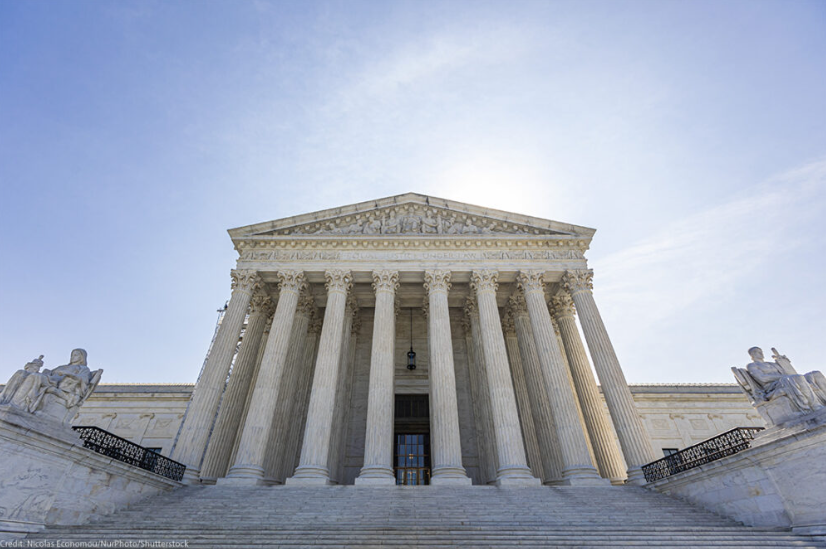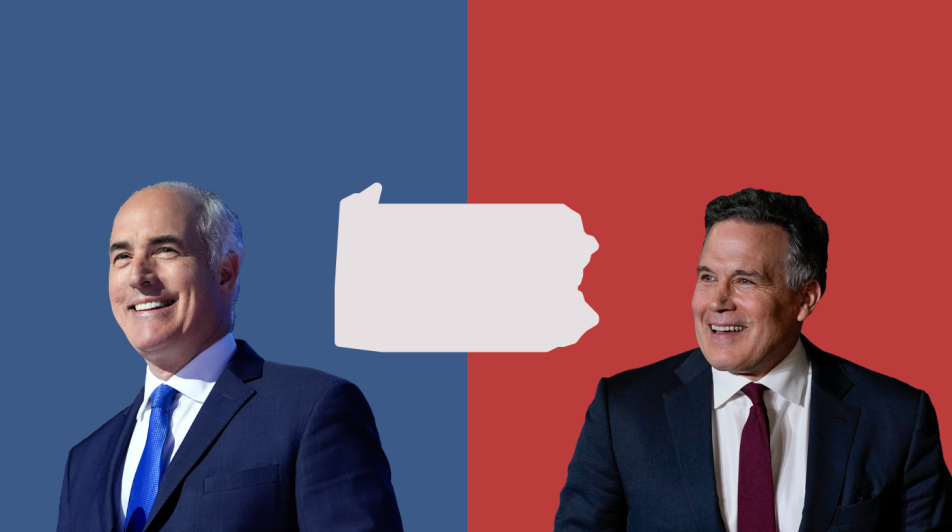The Supreme Court reconsiders the scope and constitutionality of Section 2 of the Voting Rights Act.
Photo Credit: ACLU
By: Carson Donnelly
On Oct. 15, the Supreme Court heard arguments for the second time on Louisiana v. Callais. The plaintiffs are challenging Louisiana’s proposed congressional district map, which they allege is a racial gerrymander. For the case’s reargument, the justices are evaluating the additional issue of whether Section 2 of the Voting Rights Act is constitutional under the Equal Protection Clause. Passed in 1965 during the Civil Rights Movement, Section 2 prohibits redistricting from having a racially discriminatory impact.
Louisiana v. Callais emerged from a March 2022 class-action complaint by a group of Black citizens. Represented by the NAACP and ACLU, they alleged the state legislature (which has the power to draw federal district lines) deprived them of equal representation under Section 2. A federal district court agreed, and ordered Louisiana to draw a second majority-minority district.
Although Louisiana disagreed with the Court’s decision against its map, it complied with the ruling and released a revised version. However, the map was challenged once again in January 2024. This time, a group of non-African American voters, including Phillip Callais, alleged the new map was an unconstitutional racial gerrymander.
The case was initially argued in March, but the justices were unable to reach a decision by the term’s end in June. They listed the case for reargument on Oct. 15, which was the first time a case was reargued since the landmark Citizens United ruling in 2010.
During oral argument, observers paid close attention to questions from Chief Justice John Roberts and Justice Brett Kavanaugh, who were the two potential swing votes. In the 2023 case Allen v. Milligan, they sided with the Democrat-appointed justices to uphold Section 2 against a challenge from Alabama. However, the justices appeared skeptical when questioning Janai Nelson, the NAACP Legal Defense team president and attorney defending Section 2.
At 17:15 during oral argument, Justice Kavanaugh asked whether race-based redistricting, similarly to race-based college admissions, should have a constitutional time limit due. Due to advancements in equality since the 1960s, Kavanaugh asked whether the need to remediate discrimination is still large enough to justify the unequal treatment of racial groups:
JUSTICE KAVANAUGH: As you know, this Court’s cases in a variety of contexts have said that race-based remedies are permissible for a period of time, sometimes for a long period of time…but that they should not be indefinite and should have an end point. And what exactly do you think the end point should be or how would we know for the intentional use of race to create districts?
MS. NELSON: Well, Justice Kavanaugh, you raised a very important distinction, and that’s between remedies and the statute. So a race-based remedy can and should and usually does have a time limit …What is not grounded in case law is the idea that an entire statute should somehow dissolve simply because race may be an element of the remedy.
Chief Justice Roberts also distinguished the case from Allen v. Milligan, which evaluated Alabama’s district map under the assumption that Section 2 was constitutional. At 4:45, Roberts stated, “[Allen v. Milligan] took the existing precedent as a given and considered Alabama’s application of its approach to the evidence…under that precedent.”
However, Ms. Nelson noted that Allen v. Milligan was decided the same year the court struck down the use of race in college admissions. Therefore, using racial redistricting to protect voting rights does not fall under a similar time constraint as affirmative action. She addressed the issue at 30:25 when responding to Justice Sonia Sotomayor:
Ms. Nelson: It is illogical to think that this Court issued the [affirmative action] decision and Milligan in the same term, in the same month even, and somehow those cases work at cross-purposes with one another.
On the other hand, Louisiana argued that Section 2 of the Voting Rights Act is unconstitutional. Louisiana Solicitor General J. Benjamin Aguinaga expressed his frustration that Louisiana’s efforts to comply with Section 2 have led to two lawsuits from opposite sides. He argued that court rulings under Section 2 are inconsistent and hinder states’ efforts to balance competing interests in redistricting, including the need to protect incumbents such as House Speaker Mike Johnson.
Aguinaga further argued that Section 2 is based on unconstitutional racial stereotyping. At 47:05, he states Section 2 assumes “that a Black voter, simply because he is Black, must think like other Black voters, share the same interests, and prefer the same political candidates.” He compared the racial stereotyping in the Voting Rights Act to Harvard’s affirmative action system, which was struck down in 2023.
Justice Clarence Thomas questioned Louisiana for changing its position since the initial argument in March, where it defended its updated map. Aguinaga responded that Louisiana “thought all along… that Section 2, insofar as it requires race-based redistricting, is unconstitutional” (48:30). However, the question presented during the March hearing regarded Louisiana’s compliance with Section 2, not whether Section 2 should be struck down. Since the Court ordered a reargument to evaluate Section 2’s constitutionality, Aguinaga stated that Louisiana’s duty “requires us to give the Court our honest answer to that question” (48:50).
Out of the nine justices, Justice Ketanji Brown Jackson was the most active during oral argument. She focused on whether voters must prove that a district map intentionally discriminated based on race. This would be more stringent than Section 2’s current requirement of proving a discriminatory effect. Justice Jackson argued it would be unreasonable to require plaintiffs to prove that a new map intended to benefit or harm racial groups rather than political parties.
At 1:37:11, Justice Jackson said, “The idea in Section 2 is that we are responding to current-day manifestations of past and present decisions that disadvantage minorities and make it so that they don’t have equal access to the voting system… So I don’t understand why it matters whether or not the state intended to do that.”
On the other hand, Justice Samuel Alito argued that the discriminatory effect standard fails to distinguish between illegal racial and legal partisan gerrymandering. Justice Alito suggested that statistics could be used to determine whether a state is experiencing “racially polarized voting,” which may justify Section 2, or “partisan polarized voting,” which does not trigger Section 2.
At 12:00, Justice Alito explained that past election results “could be easily analyzed by statistics to see whether white Democrats vote for Black Democratic candidates at a lower rate than they do for white Democratic candidates…It’s easy to isolate race from that to see whether there really is racially polarized voting as opposed to partisan polarized voting.”
Unlike the initial Callais argument in June, the Trump administration took a position in the case, and was represented by Principal Deputy Solicitor General Hashim Mooppan. During oral argument, Mooppan took an intermediate position between the two sides. He argued that the creation of majority-minority districts to remedy discrimination should remain constitutional. However, he argued the current standards are too broad, and allow too many non-discriminatory maps to be struck down.
Although the most controversial cases are typically decided towards the end of the term in June, the urgency of the upcoming midterms may cause the justices to expedite the ruling. As states continue to push for redistricting, the Court’s decision is highly anticipated.
Carson Donnelly is a freshman in the College from Westfield, NJ. Carson is also a news reporter for the Pennsylvania Post.



